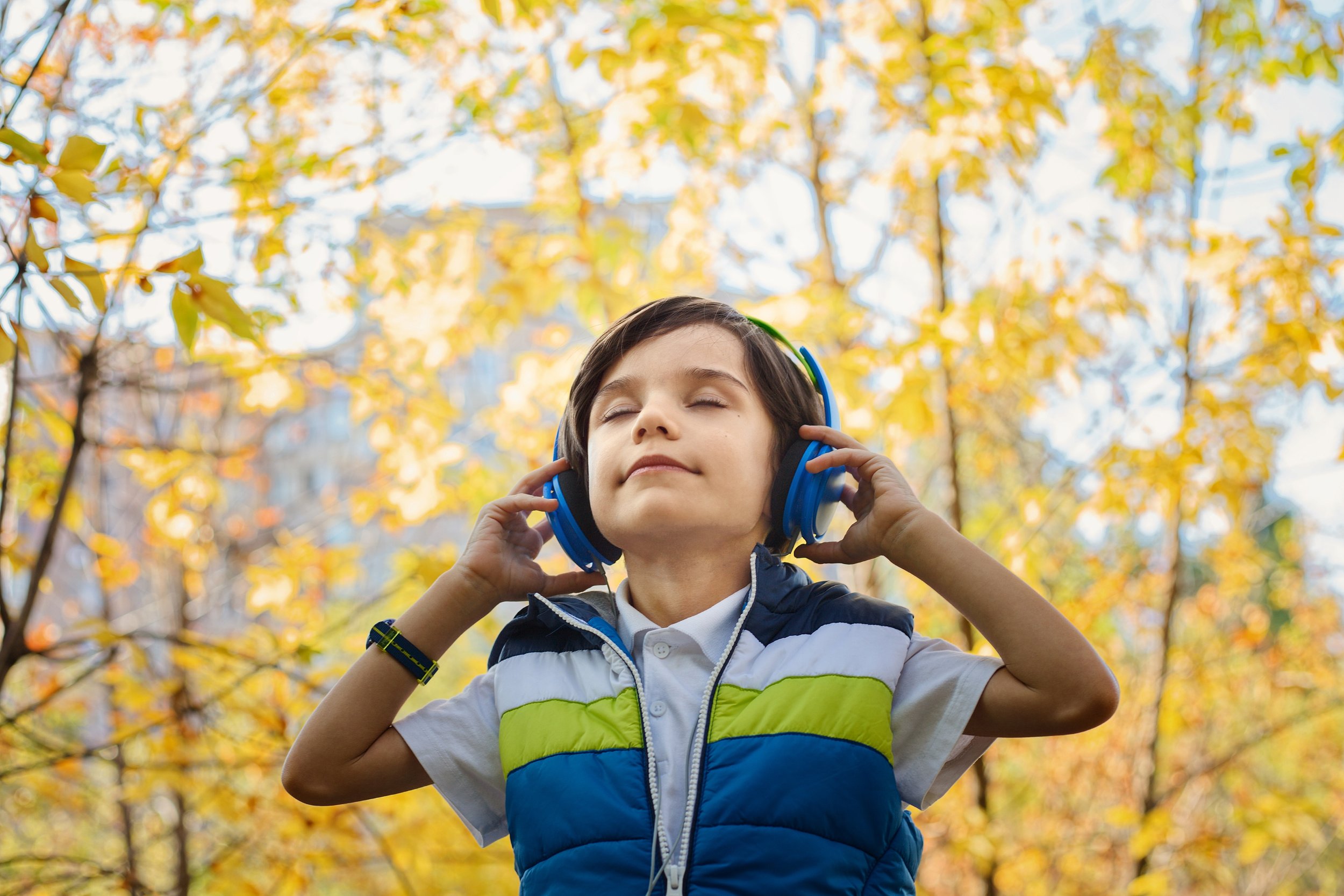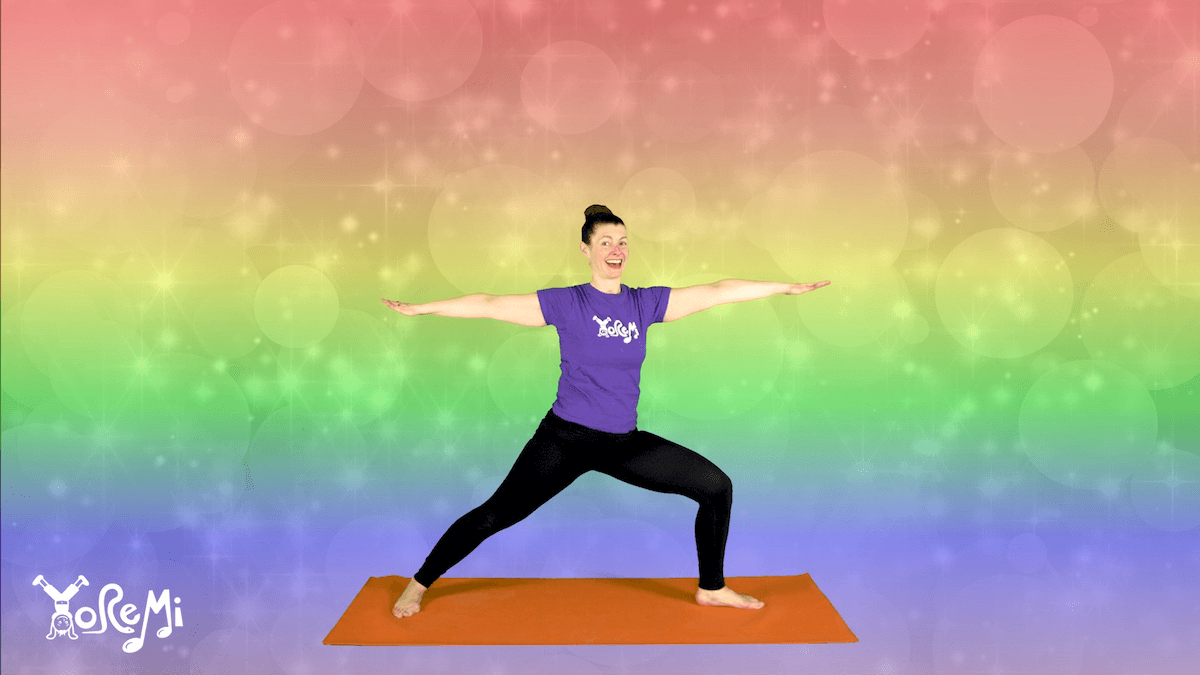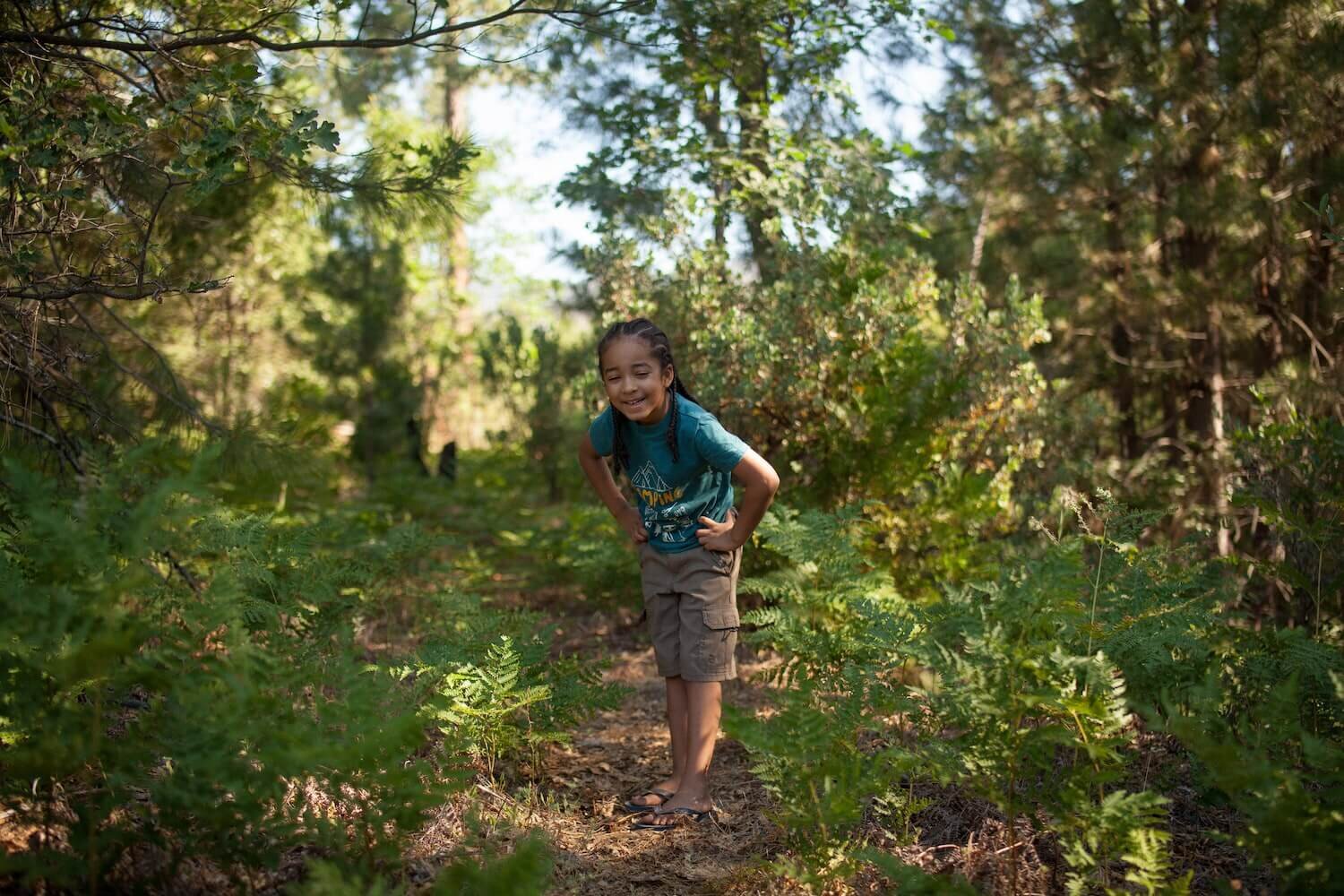3 Effective Ways to Help Your Family Have an Emotionally Healthy Holiday
The holidays are here, with all the accompanying excitement: joy, fun... and stress. As we navigate the family obligations, celebrations and logistics, we might find ourselves hurtling through our days — up and down on a rollercoaster of feelings.
It is tempting to think that this emotional upheaval is limited to adults but our kids are likely feeling the same way. In fact, as our emotions fluctuate, how well we respond can easily affect the emotional state of our whole family.
“Stress is not what happens to us. It’s our response to what happens, and response is something we can choose.”
How can we ground ourselves in the whirlwind of highs and also comfort ourselves in the low moments? The holidays provide a perfect time to practice. Here are three tips for building emotional intelligence this holiday season:
1. Make the Holiday Season All About Giving
We learn at an early age that the holiday is focused on what we get — presents, presents, and more presents! Sometimes, we might even feel disappointed if we don’t get something we really wanted.
But what if we could focus more on giving? Research has shown that giving makes us far happier than receiving. Just thinking about giving is enough to boost your mood!
“We make a living by what we get. We make a life by what we give.”
This holiday season, teach children about how good it feels to give. Since most children don’t have money, it is a great time to expand giving to include non-material gifts. Create a classroom or family volunteering project, make craft-acular presents for friends and relatives, or write a song or poem together for someone.
Try this: Giving feelings
Think about a feeling you would like to give to your friends, family or the whole world.
Breathe in as you reach your arms wide, breathe out and send the feeling into the world. Notice that when you send a feeling out, you feel it even stronger yourself!
Breathe in as you gather that feeling back toward you and breathe out as you hug in in to yourself.
2. Separate Feelings From Behavior
One of the best ways to care for ourselves this holiday is to acknowledge and accept our emotions — whatever they are. There’s no reason, and really no way, to change how we are feeling. Sometimes, when we allow feelings to surface and have the opportunity to express them, it brings us into the present moment and builds self-awareness and self-regulation.
Teaching children to name their emotions and giving them space to express them in positive ways, may at least reduce the number of inevitable meltdowns this season. When we help kids separate their feelings from their actions, it allows us to acknowledge and support them emotionally while still redirecting unsafe or unwanted behavior.
This works for adults too! Before you reach for the wine, chocolate or remote… take a moment to breathe and notice how you are feeling. Is there an emotion there that we might be trying to eat, drink or binge-watch away?
Try this: BREathing Ball
Sit in a circle, at morning meeting, end of the day or anytime the class could use a check-in.
Pass the breathing ball around in a circle, have each child take a turn leading a round of breathing.
After leading a breath, each child takes a turn saying one word to describe how they feel.
3. Make Time for Down-Time
Holidays bring tons of special events, parties, late nights and missed naps. Some folks, children and adults alike, can tolerate this schedule upheaval well, while others cannot. Try to stick to your normal schedule as much as possible. You might not be able to participate in every holiday activity and still maintain your well-being. It’s okay to say No.
“You can do anything but you can’t do everything. ”
Make rest and self-care a priority. If schedules and sleep are out of wack, it might take a bit longer to settle into relaxation so give yourself and your kiddos time to transition. Use deep breathing with full-body movements to transition from high-energy to calm.
Remember, the holidays are a time for togetherness.
Use these tips and you’ll find it easier to help your family navigate big feelings this holiday season — and maybe even bring a new practice into the new year!
Share this post:












